Excellent design often equals good business, even though companies sometimes disregard this fact. However, determining the genuine influence of product design for startups is tough. People don’t know how it affects the market and profitability. However, the further we go, the more persuaded we are that web design is crucial to the project’s success.
Whether you are selling an actual product or a software solution, how it looks, feels, and works is the difference between success and failure. Starting a business is an exciting adventure packed with limitless opportunities and development potential. However, it is critical to concentrate on the factors that will ensure the success of your firm.
Table of Contents
- The Importance of Design for Startups
- Design’s Cultural Meaning
- The Importance Of Design Thinking
- Case Studies
- Opportunities and Threats
- Sealing the Impression with Brand DNA to Win Customer Minds
By the way, what exactly is a startup?
Previously, a startup project was a new firm that required the use of modern technology. At least, it was until recently because any newly formed firm is now referred to as a startup. However, the focus of this article is not on startups but on the function and influence of startup design on their success. Here, we look at how it might have a significant influence on your business.
The Importance of Design for Startups

Most entrepreneurs focus so much on developing an excellent product that they forget about the importance of design in startup culture. If you want potential clients to select your business above the competition, you should first entice them with stunning design.
Even if you conduct thorough research, identify the target audience, and raise sufficient funding for startup growth (including mobile development for startups), there is no assurance of long-term success. According to studies, most startups fail during the first 5-10 years (50% and 70%, respectively). As a result, first impressions and appropriate branding are critical to your success.
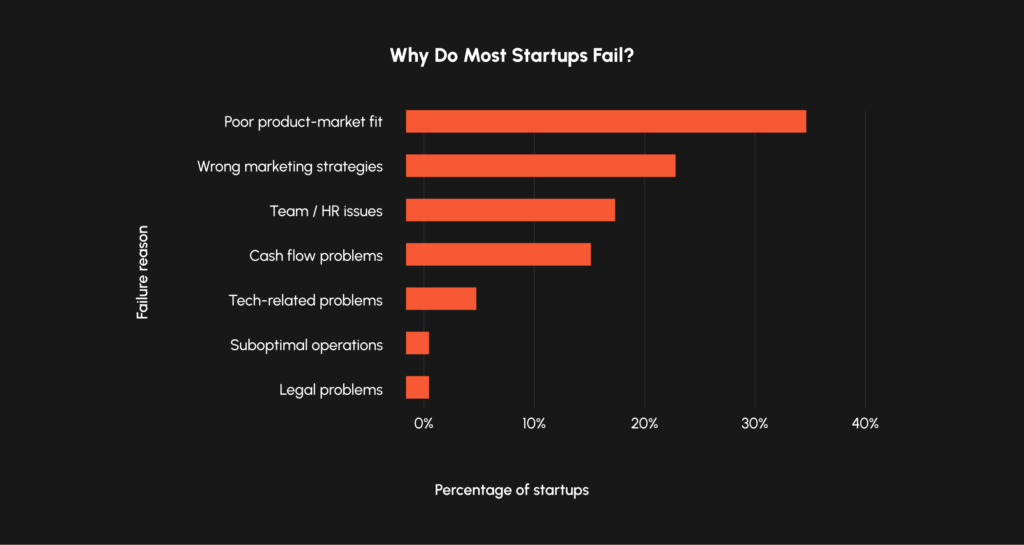
A well-designed product, page, or website can aid with this. After all, a good first impression nearly guarantees that the client will return. And, if lucky, they will even bring some friends. Yes, it depends on other marketing methods, such as the establishment of a system of bonuses, discounts, and special events. However, if your design and startup are worthless, even discounts are unlikely to assist (though miracles sometimes happen).
Design’s Cultural Meaning
Many things can be communicated through branding for startups: value, product/service quality, corporate aims and mission, brand philosophy, or culture. This is because the same sign or emblem might be interpreted differently in various nations.
Did you know? Up to 63% of all people in the world use the Internet, which equals ~5 billion Internet users globally. And 57% of all Internet users shop online.
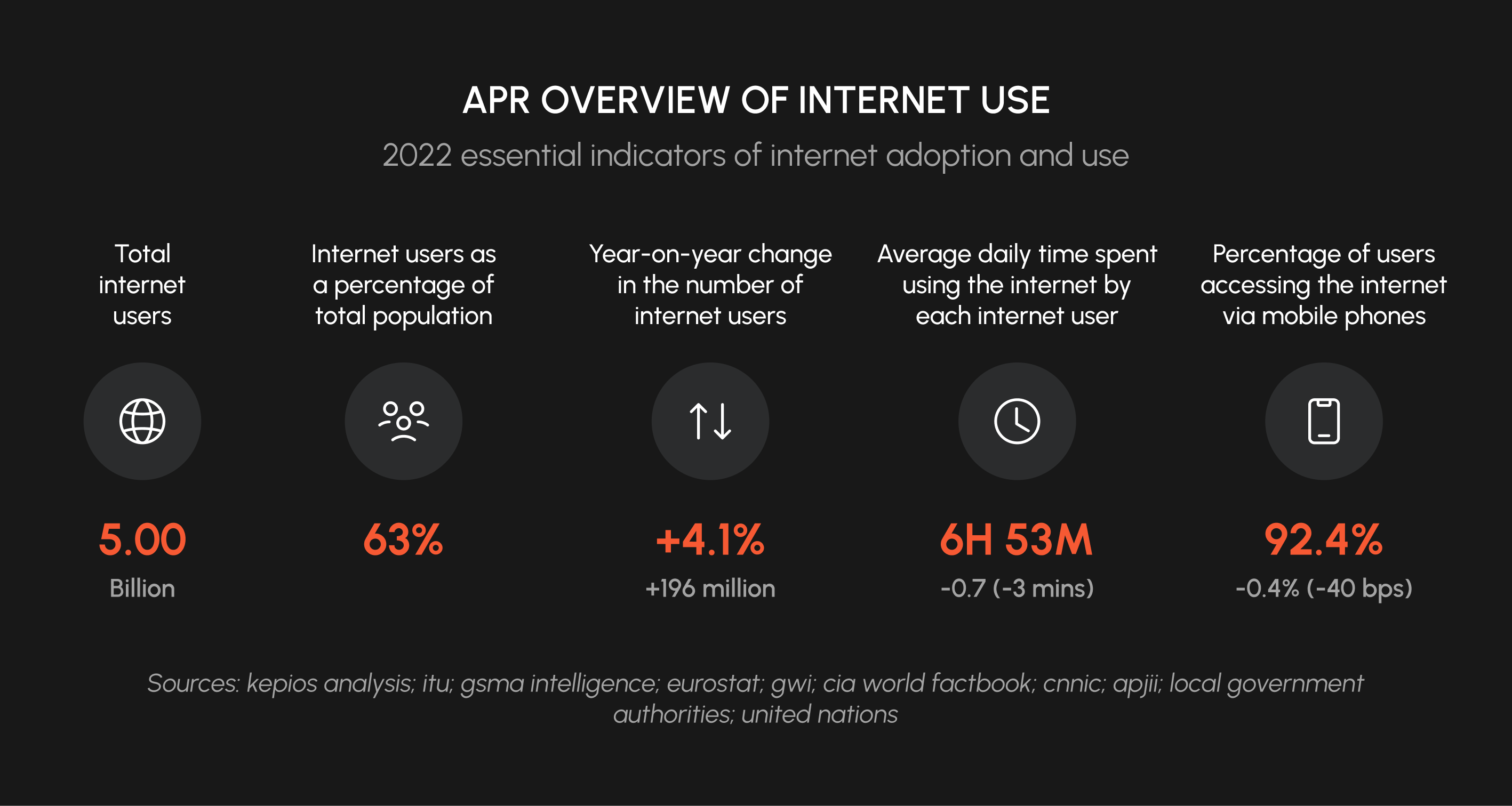
Consider this: When we talk about symbolism, we are referring to certain visuals employed in a logo. Because symbols are linked to history, literature, and religion, their meaning is inextricably linked to internal cultural notions. This is true for both particular ones (for example, the cross denoting first aid is a Christian reference).
Here is another example: Many people know that in India, a cow is considered a sacred animal. So, there is no point in organizing a startup (and spending money on creating a brand book) selling fresh beef in Delhi. This is a slightly exaggerated but powerful example of how cultural differences influence web design for startups.
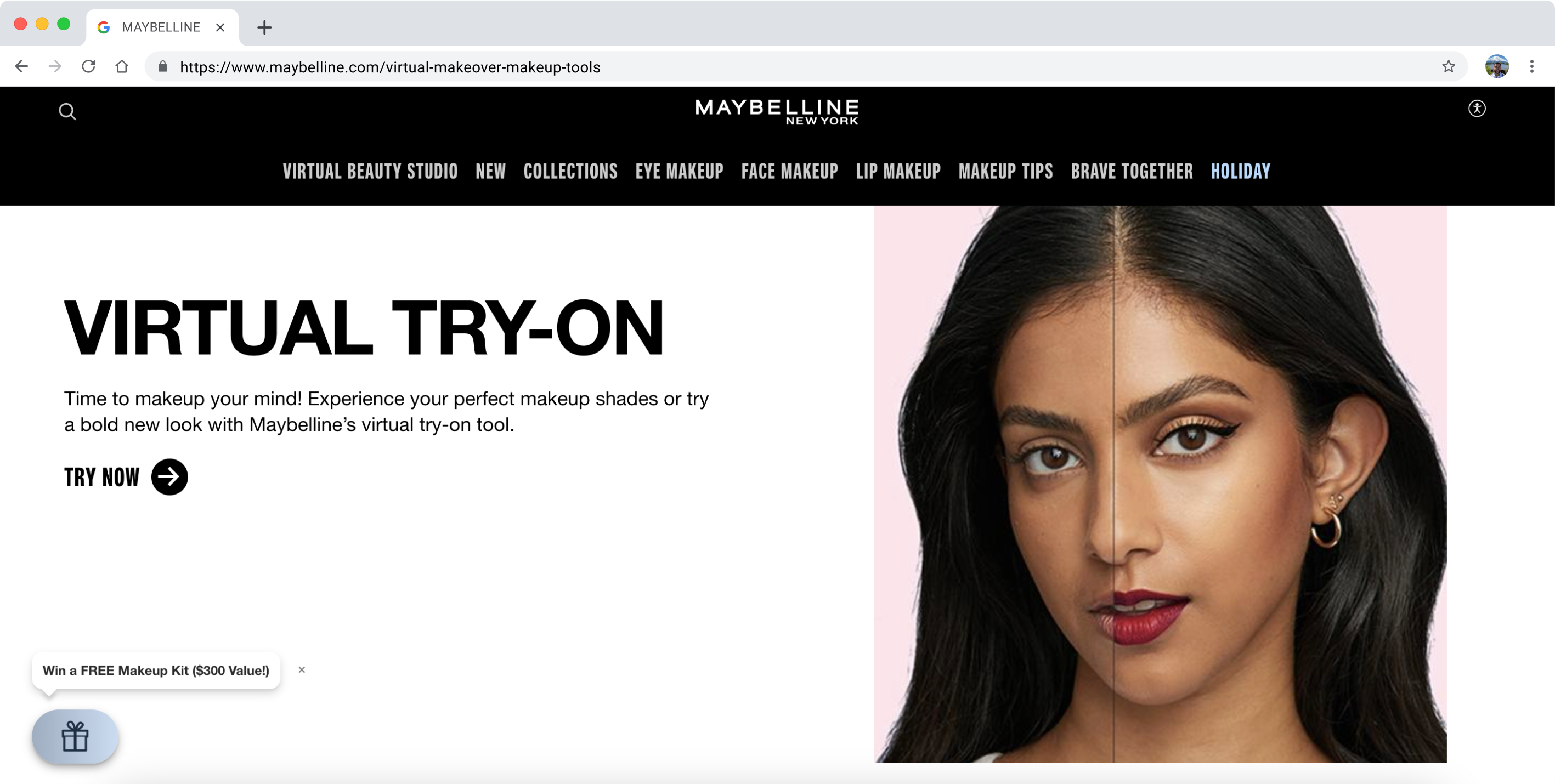
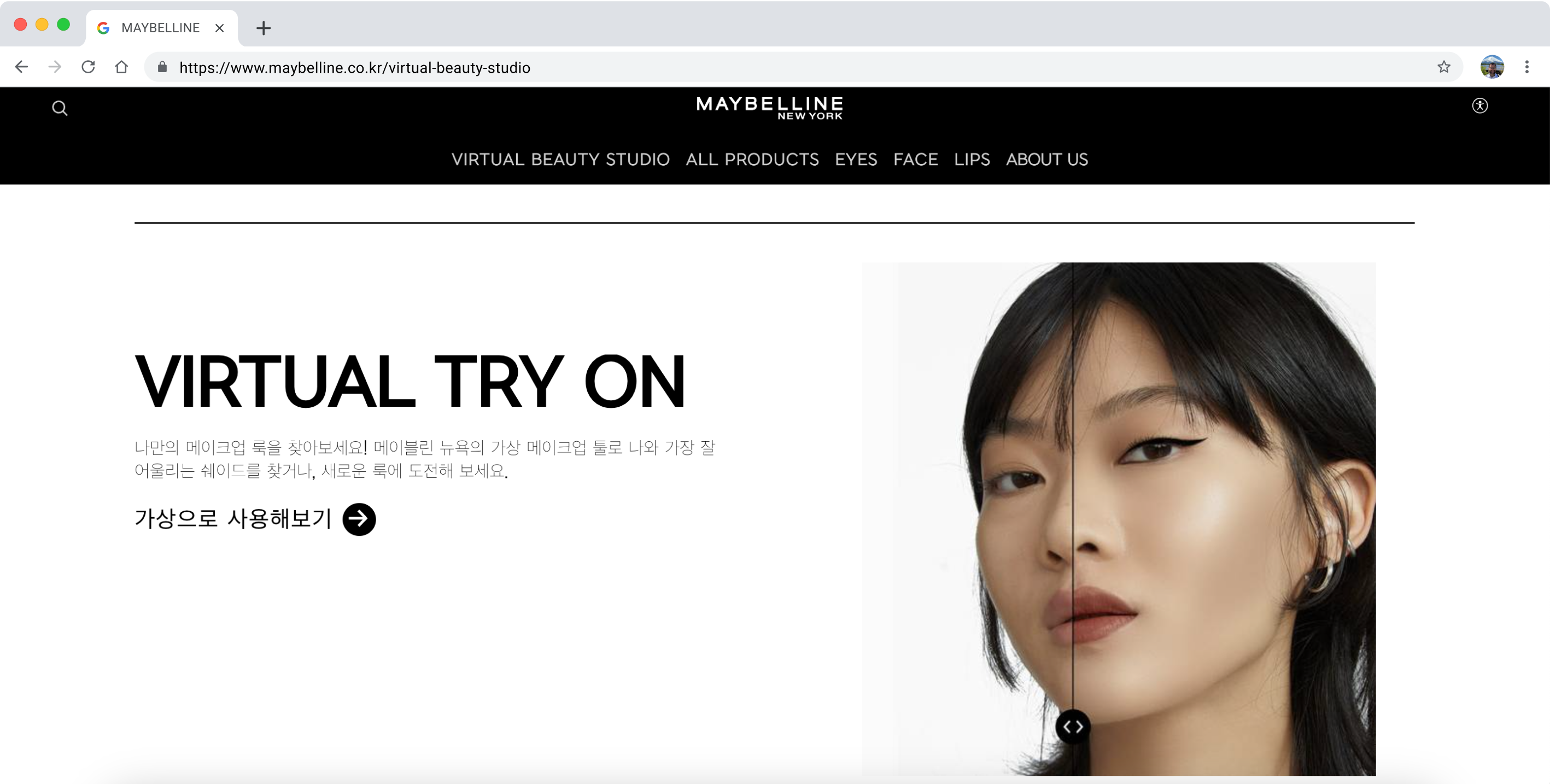
As a result, it is critical to grasp the significance of various symbols to individuals while constructing any design. Consequently, there is the notion of cross-cultural design, which is a method of making the meaning of the logo apparent to any audience. This is equally true for UX design for startups.
For example, it is extremely important to make applications available in different languages. Not only is the accuracy of the translation important. Adaptation of the text also plays a role, because there are languages where the text is read from right to left or even from top to bottom. Keep this in mind when creating banners, logos, etc.
The Importance Of Design Thinking

In today’s design sector, design thinking is a prevalent word. It has become very popular recently. It is a design approach based on how people think about and interact with their surroundings. This method is utilized in the current design to build better and more user-friendly products. This procedure is often divided into four stages:
- Understanding the problem
- Search for ideas
- Creating a prototype
- Testing
How is design thinking used in modern design?
Design thinking is used in many disciplines of design, such as graphic design, web design, UI design for startups, and so on. Each of these sectors has distinct qualities, yet design thinking assists designers in developing effective initiatives.

For example, in graphic design, design thinking assists the designer in determining how to best express a message through visual components. Web designers can use design thinking to build a user-friendly and simple-to-use website structure. It is important in user experience design to produce products that best satisfy the demands of people.
Designers who employ design thinking begin by researching and understanding their users’ demands. They then gather data and perform research to determine how people will interact with the product. Once the designers have gathered this information, they can begin to produce concepts. Design thinking enables people to approach an issue from several perspectives and find non-standard solutions for startup success.
Advantages of design thinking for business include:
- Increasing innovativeness
- Improving the customer experience
- Developing effective solutions
- Reducing risks
- Improving communication and cooperation
Case Studies
Let’s be honest, not all people have good taste. Look at the advertisements around, because most of them are designs from 2007. And there is nothing bad about it, but it can hardly be called beautiful or interesting. The bottom line is that even a cheap product, made of cheap components and designed for a niche or budget target audience, can look attractive.
The same applies to your business page on social media. After all, it is through a well-developed user interface design and/or packaging that you can convey your philosophy to potential customers. Good design is not just a cover; it is a way of communicating. Look at these examples:
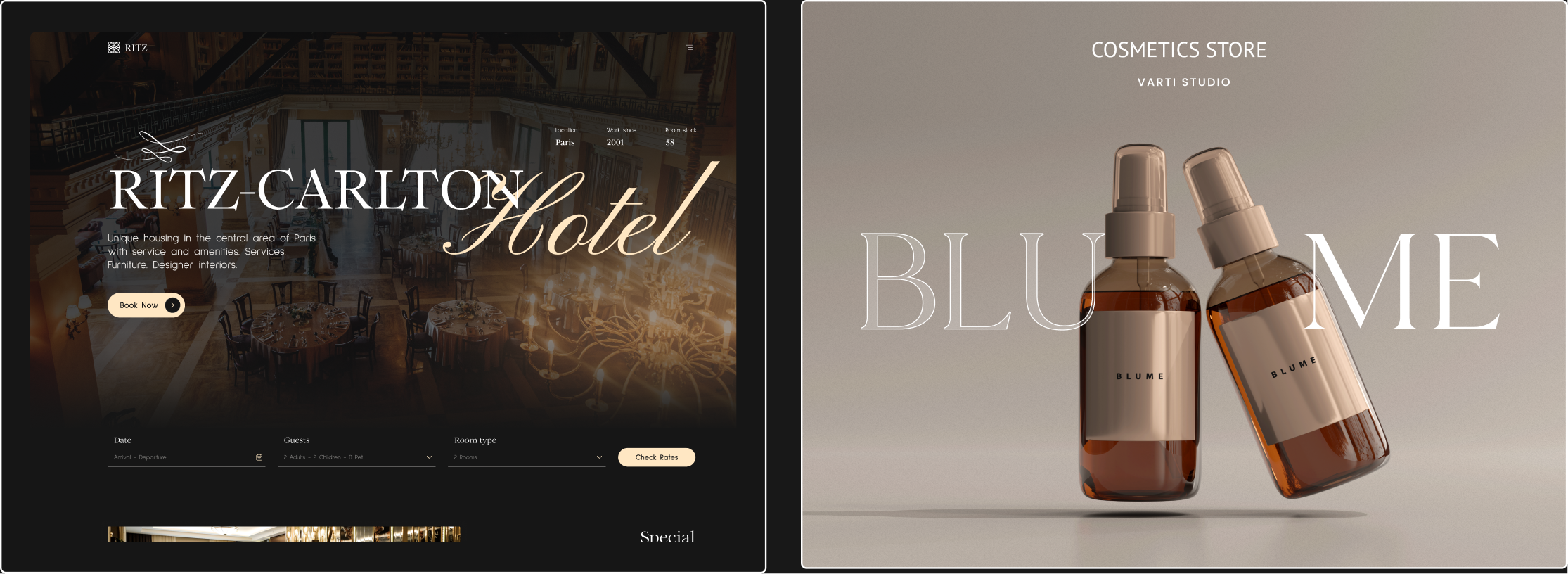
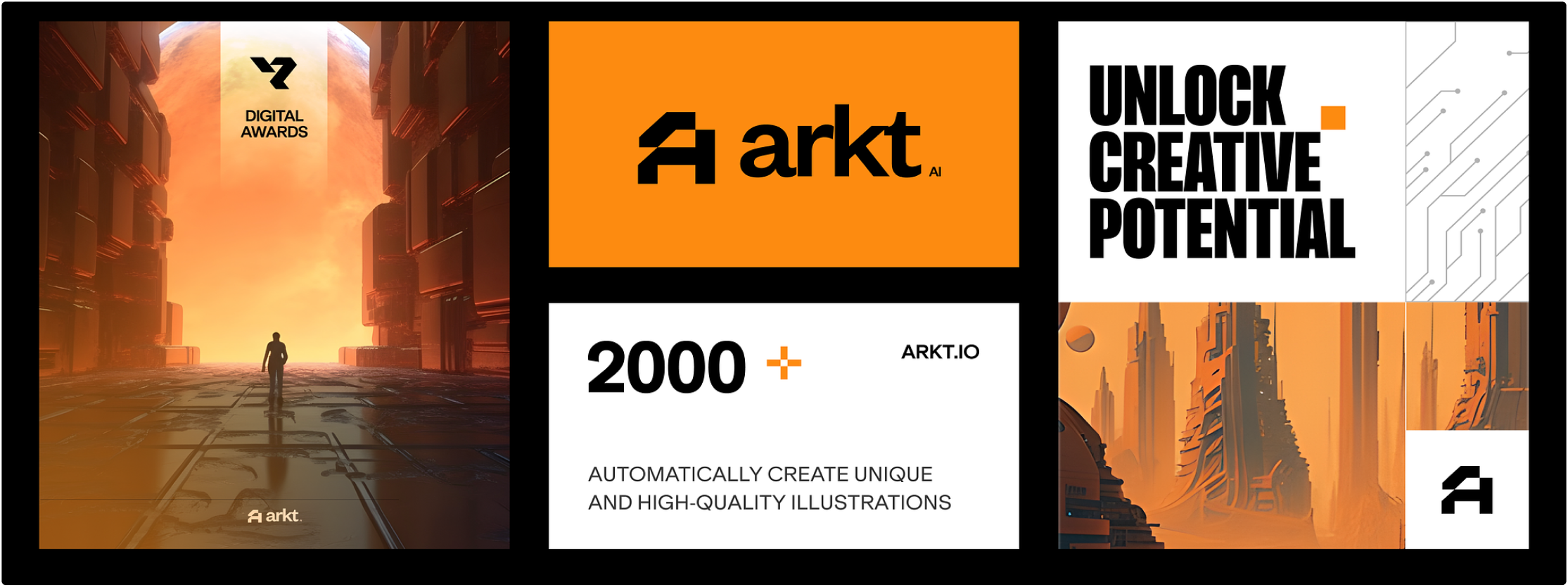
Even without professional experience, you can understand which design was made without any effort. And you can see the complete opposite in another example. The fact is that most brands care only about profits and not about customers. For them, even the cover is an unnecessary expense. Conversely, brands that care about you want to convey the maximum amount of useful information, doing it concisely and creatively.
Opportunities and Threats
The earlier the design is implemented, the greater the ROI. Many founders are unaware of this and are only focused on producing a product. When the product is already produced, it is much more difficult to create the design and apply it appropriately. That is why so many firms fail after their initial product launch.
If you want to swiftly market your business, the ideal option is to use banner advertisements (or display ads) on websites with similar content. An excellent method is to try to contact affiliates and partners who will happily assist you and position your ad on their page.
Investing in strong product design for startups might provide you with a competitive market advantage. Standing out in competitive marketing for startups is critical to success. A good product design can help a company stand out and leave a lasting impression on its target audience.
Sealing the Impression with Brand DNA to Win Customer Minds
Your brand exists in the thoughts of your customers, and marketing and advertising initiatives contribute to making a good first impression. A strong brand image acts as the DNA of your company and represents:
- Unique identity
- Values
- Personality
- Attitude
- Character
- Voice
- Beliefs
- Storyline
Remember, it’s never simply about making money. A successful brand is dedicated to solving a specific problem for a specific audience. The manner in which an issue is addressed and approached should reflect the values that your brand represents.
As a result, we propose that you include a designer on the starting team. They will become acquainted with your brand’s narrative and have a better understanding of what your customers desire.




